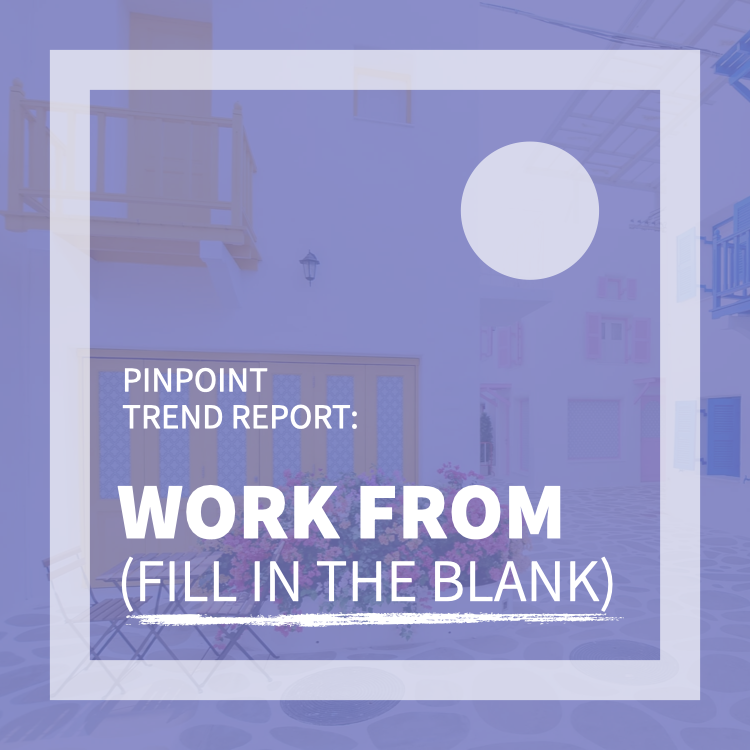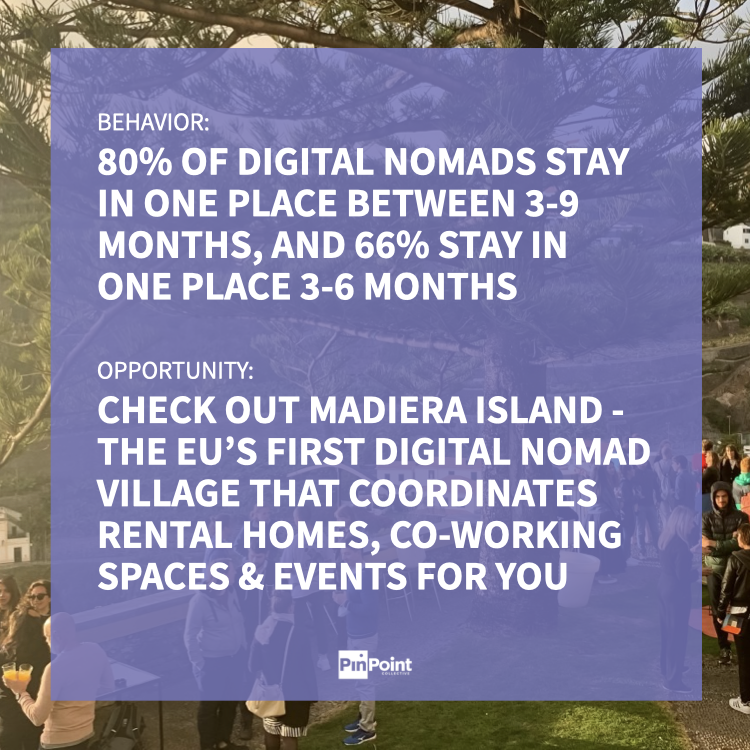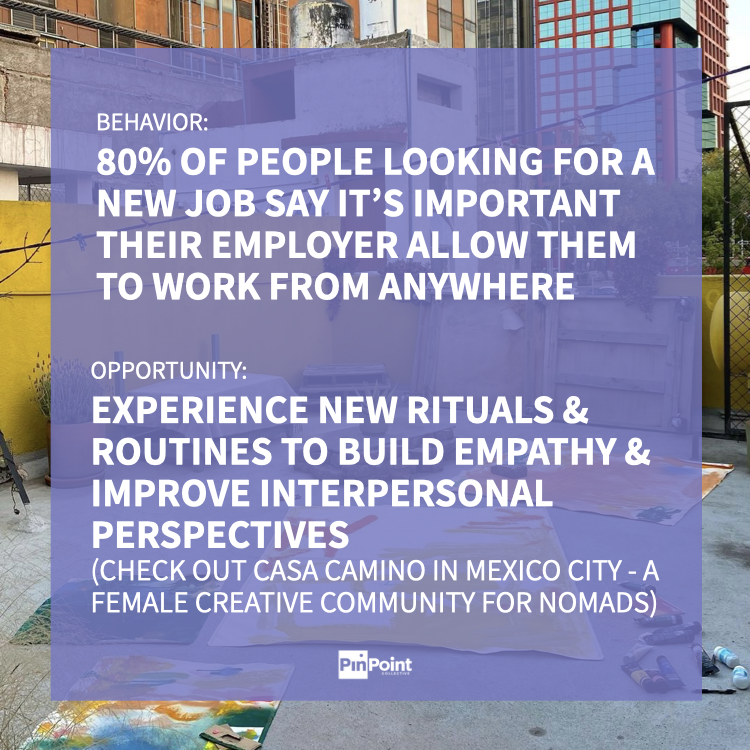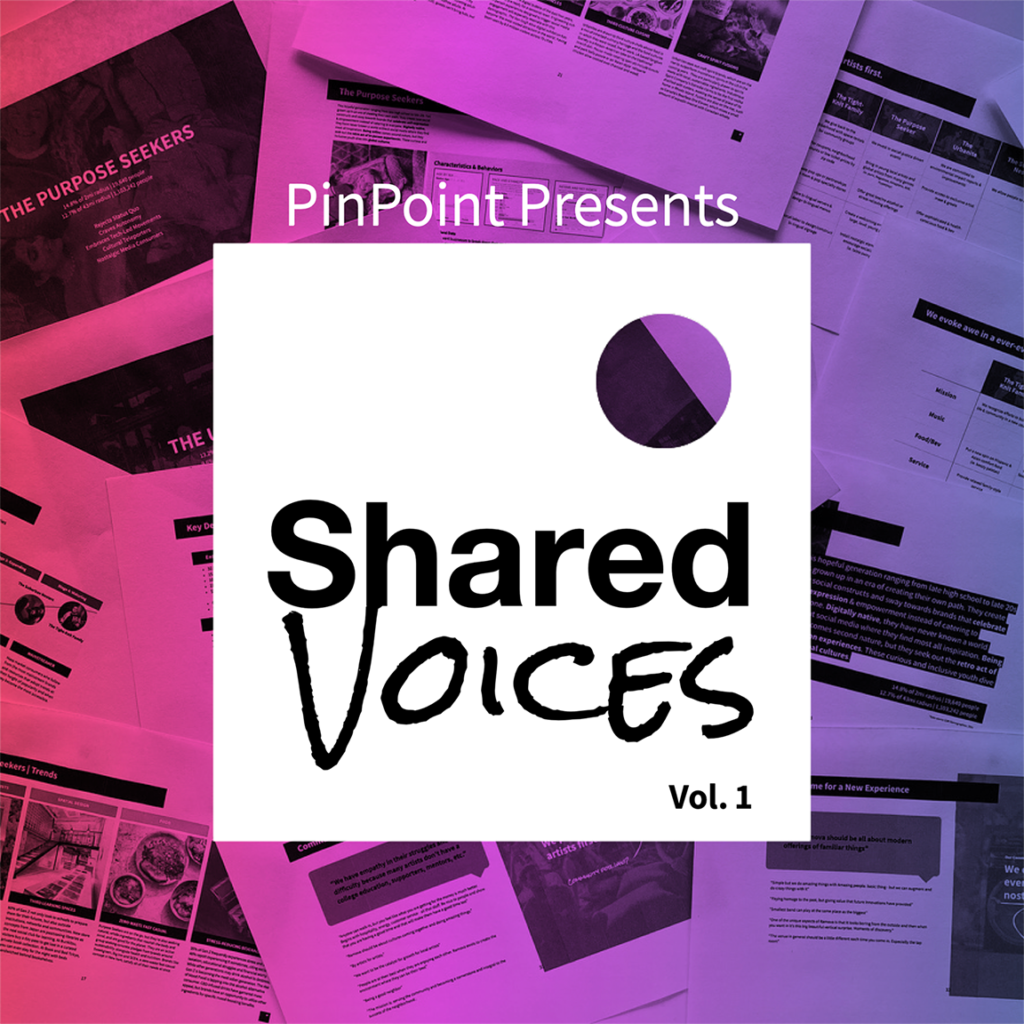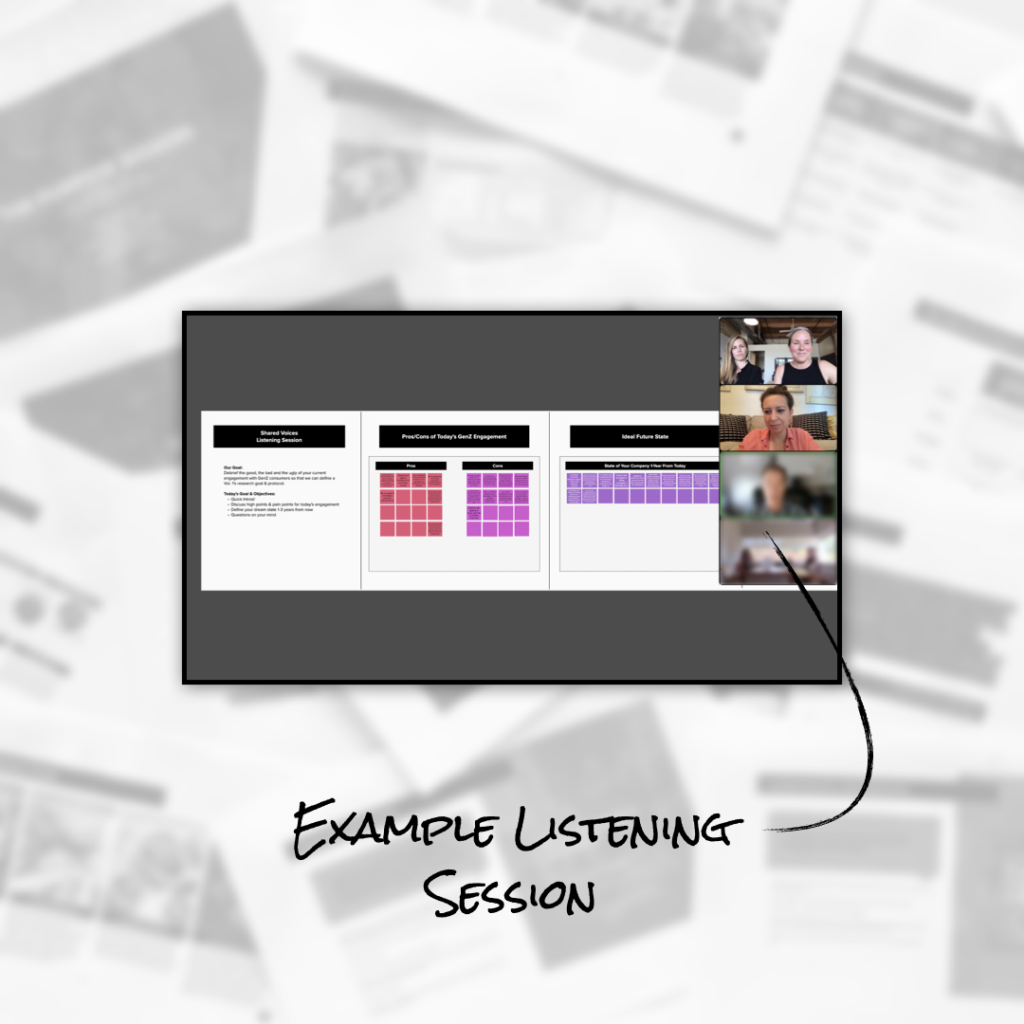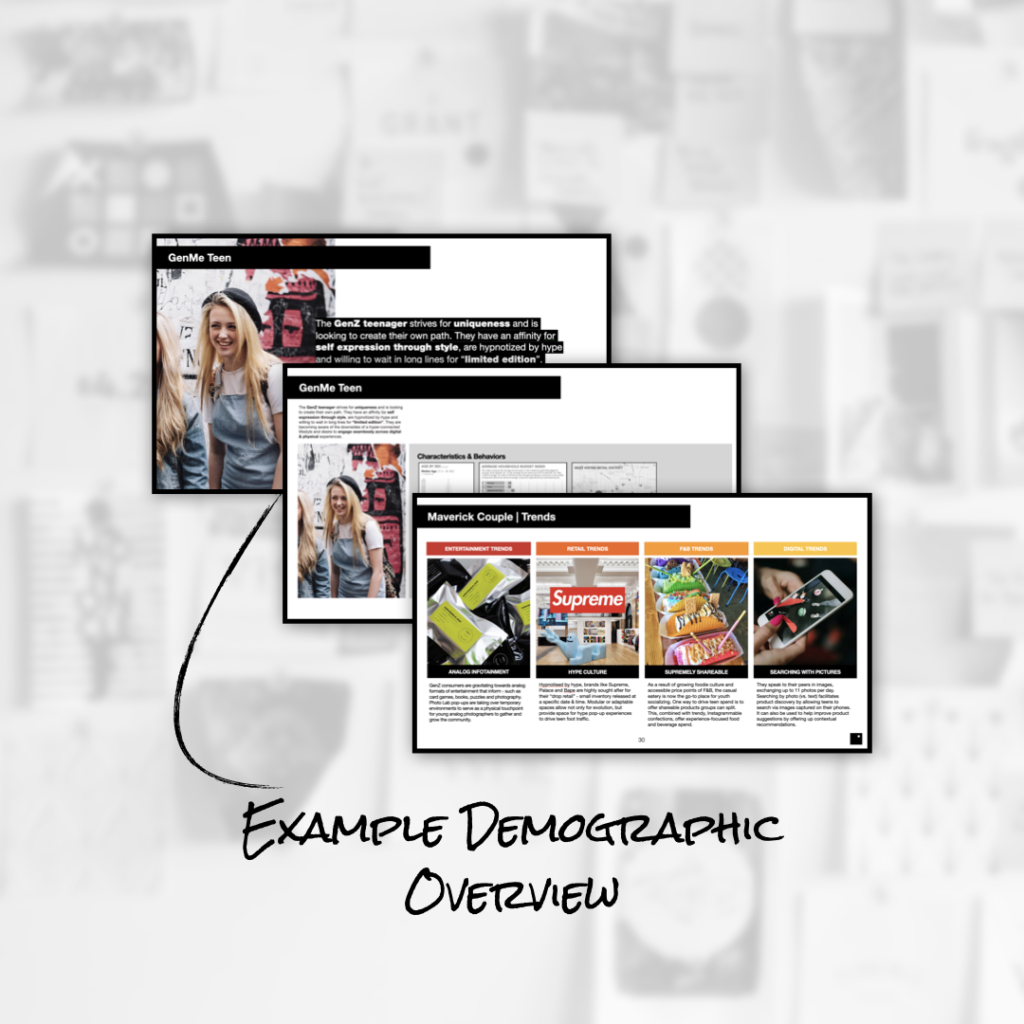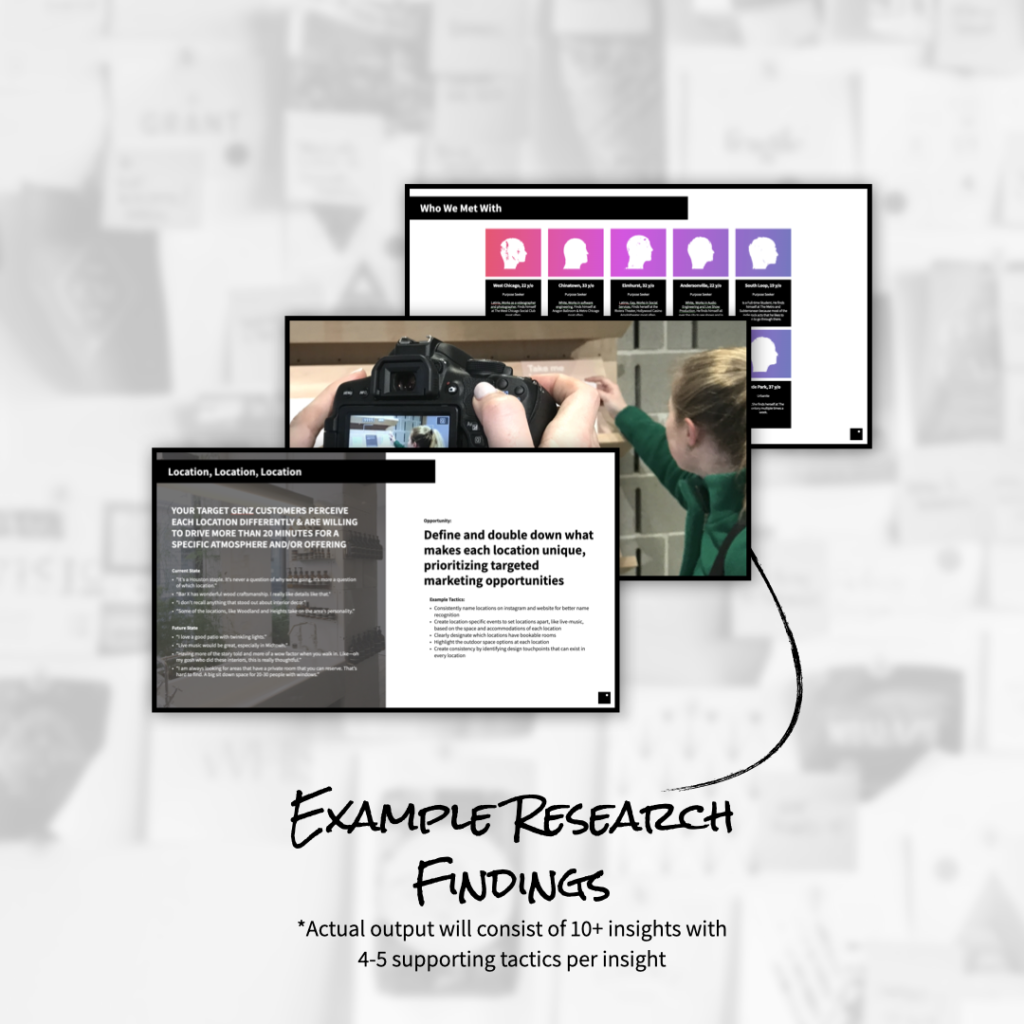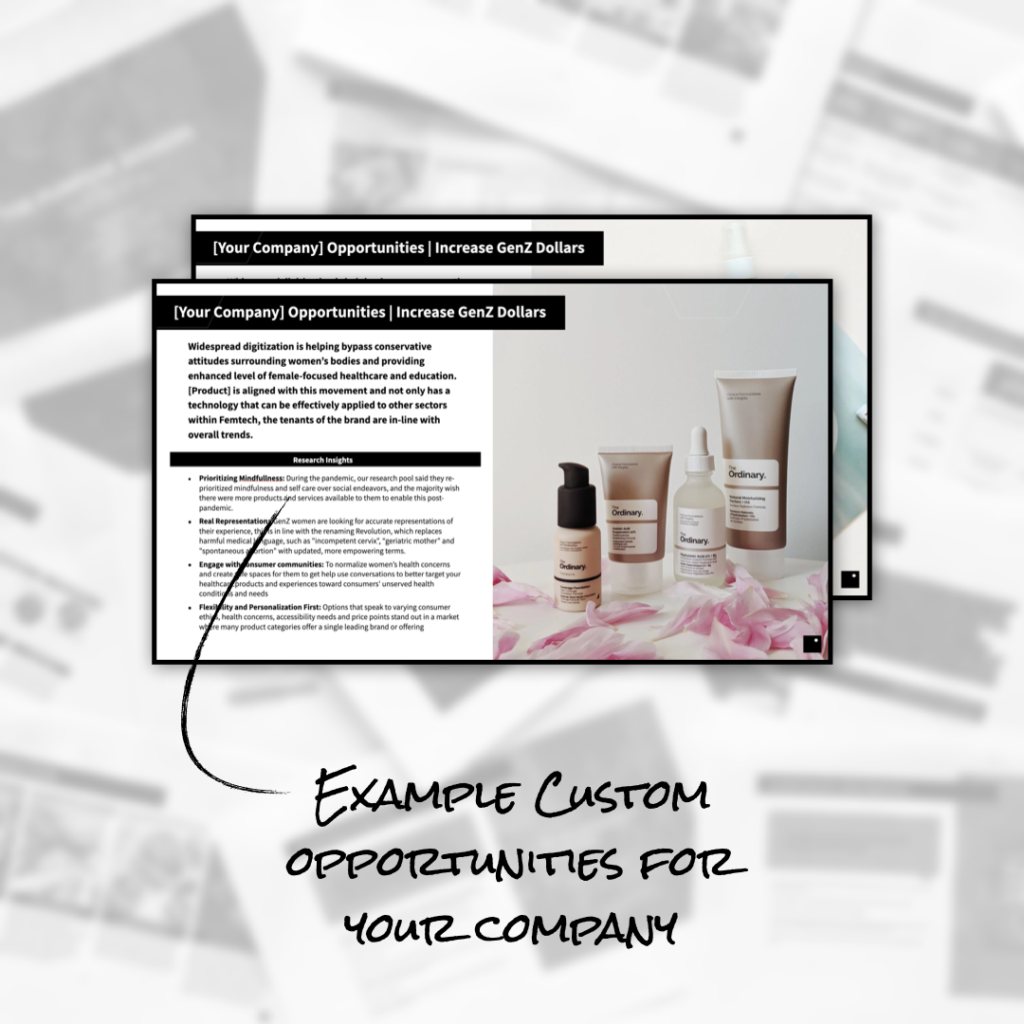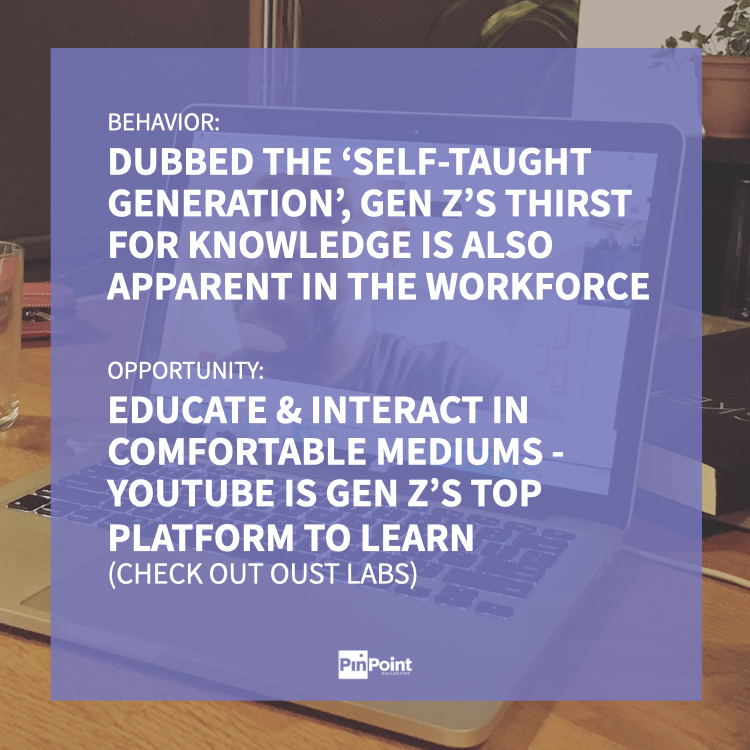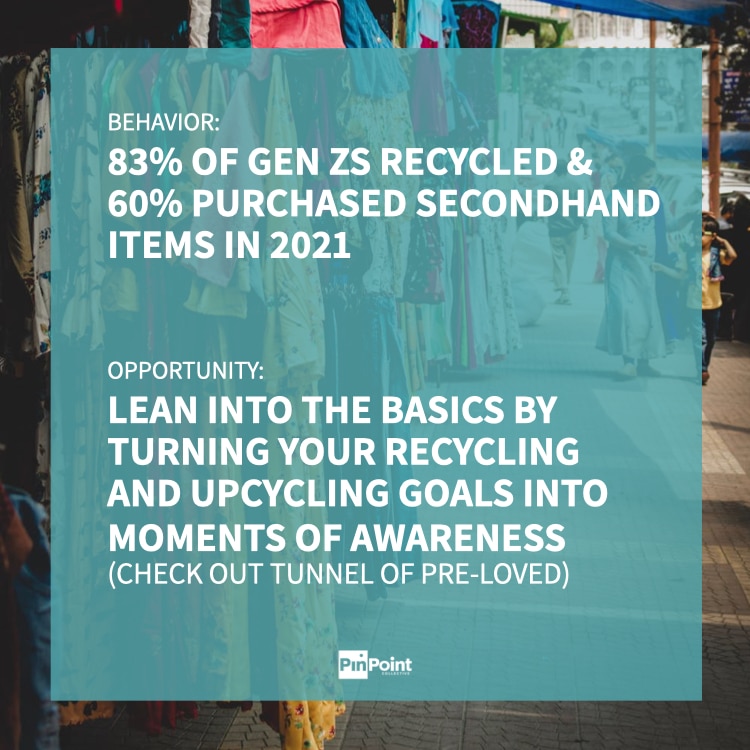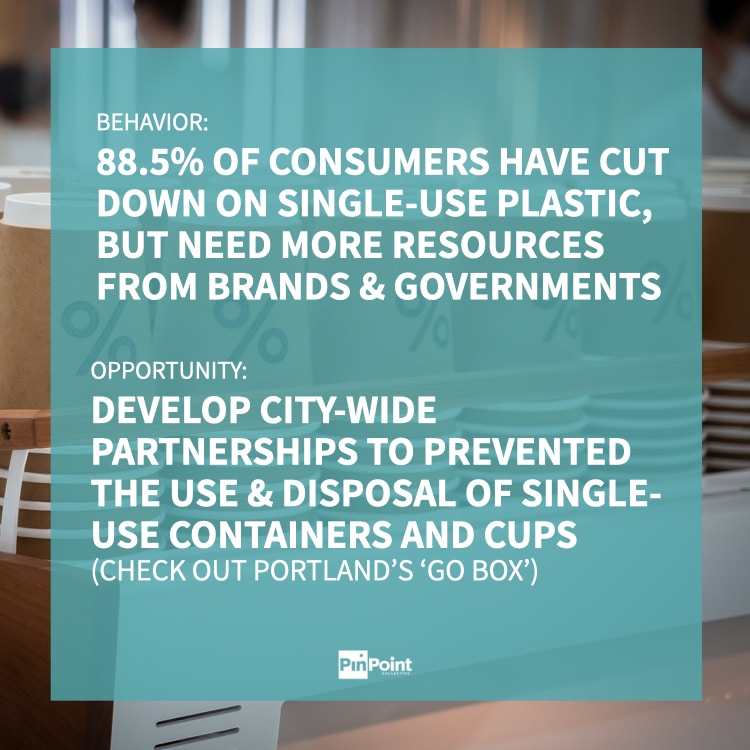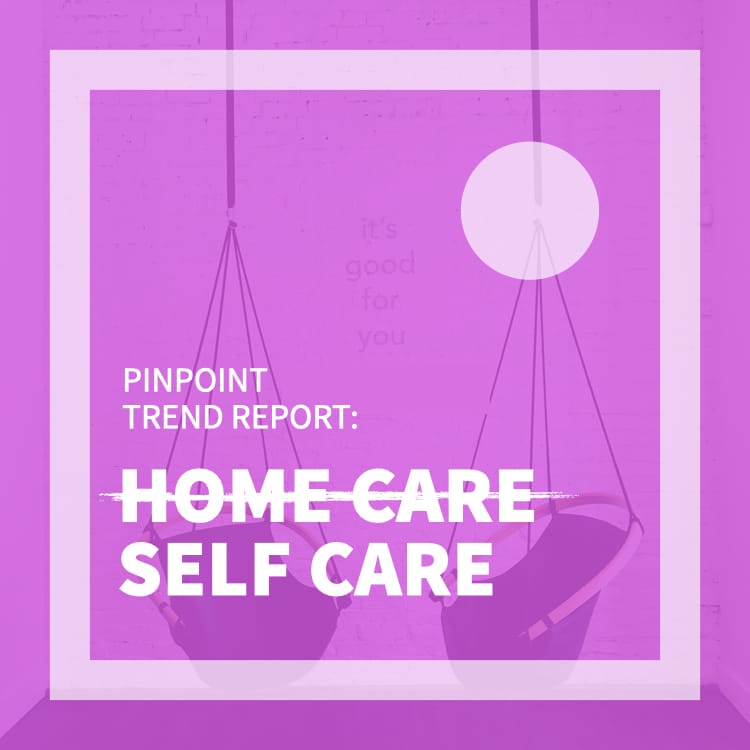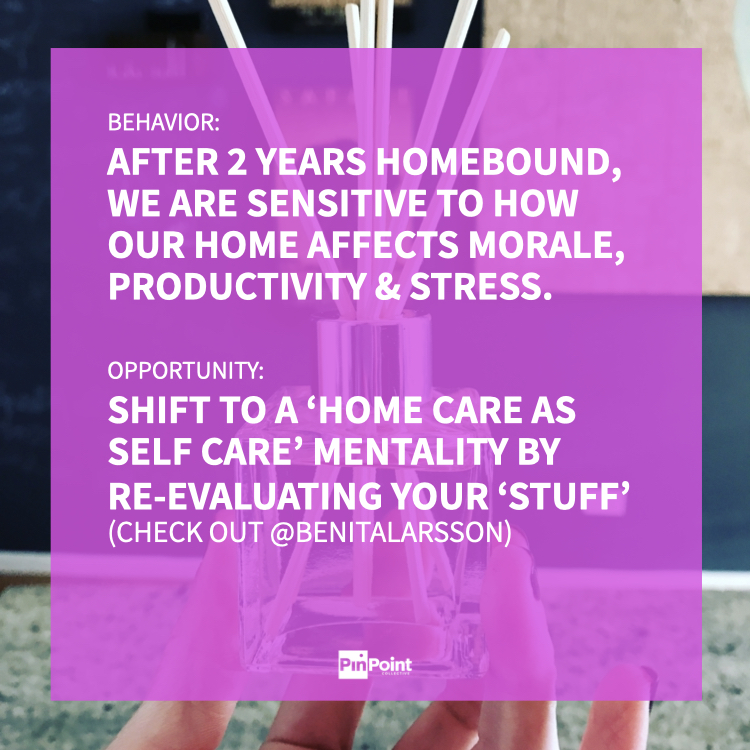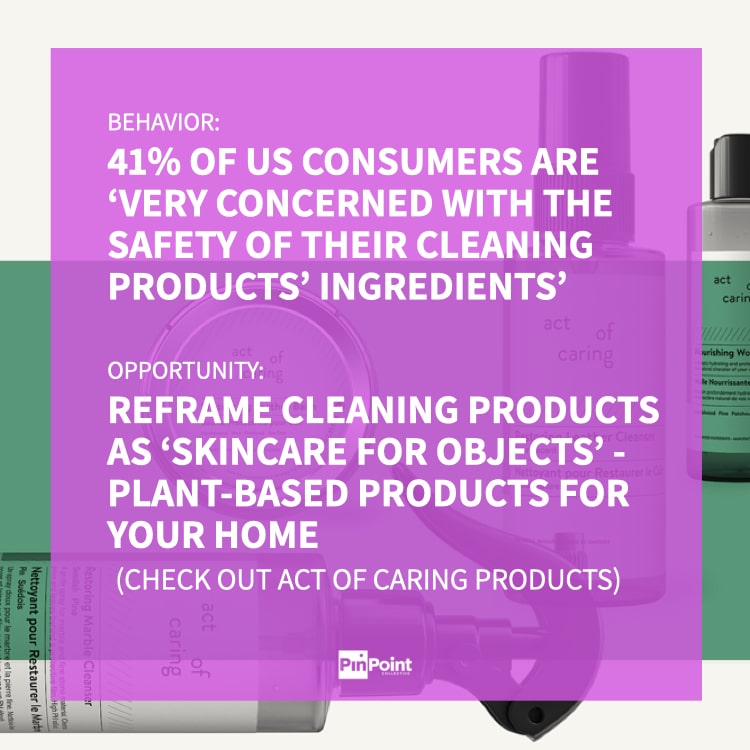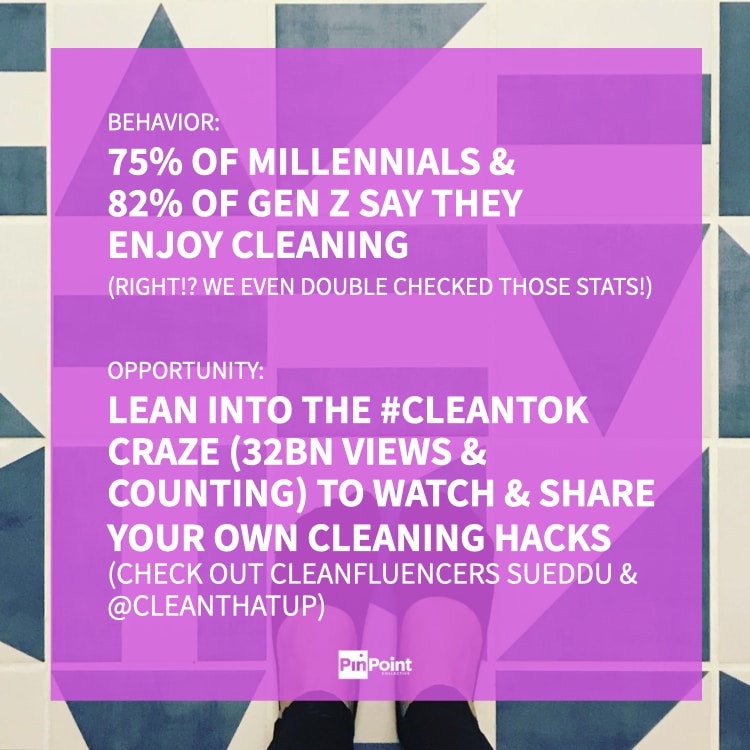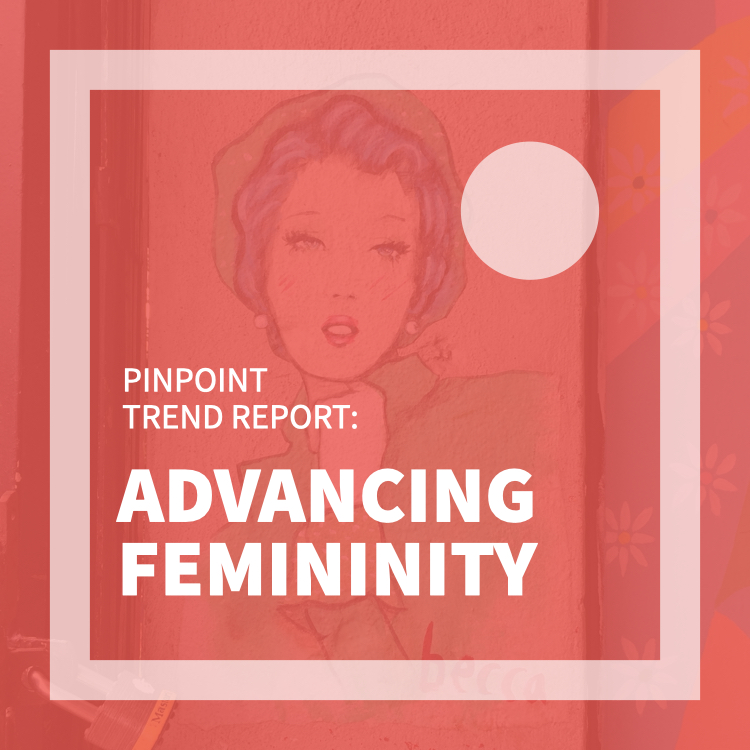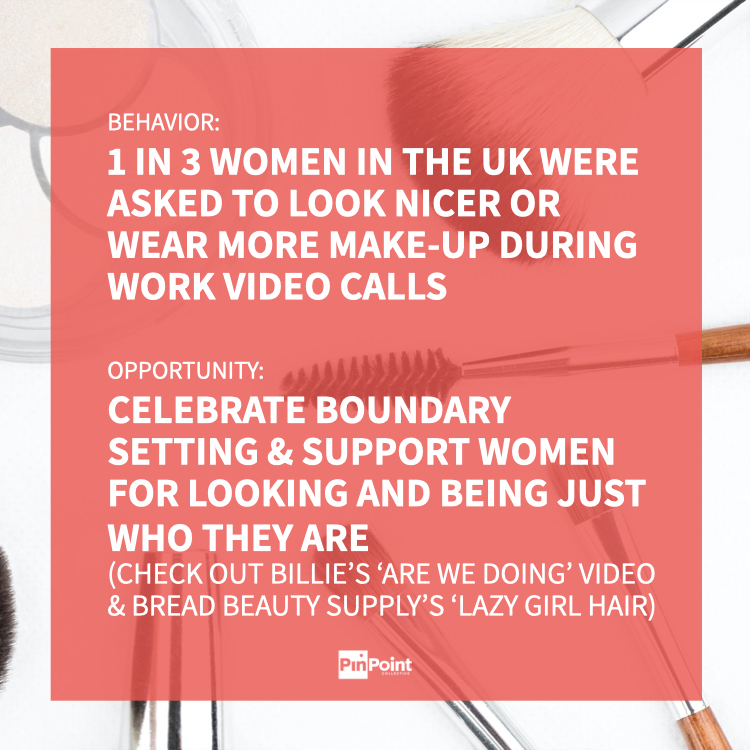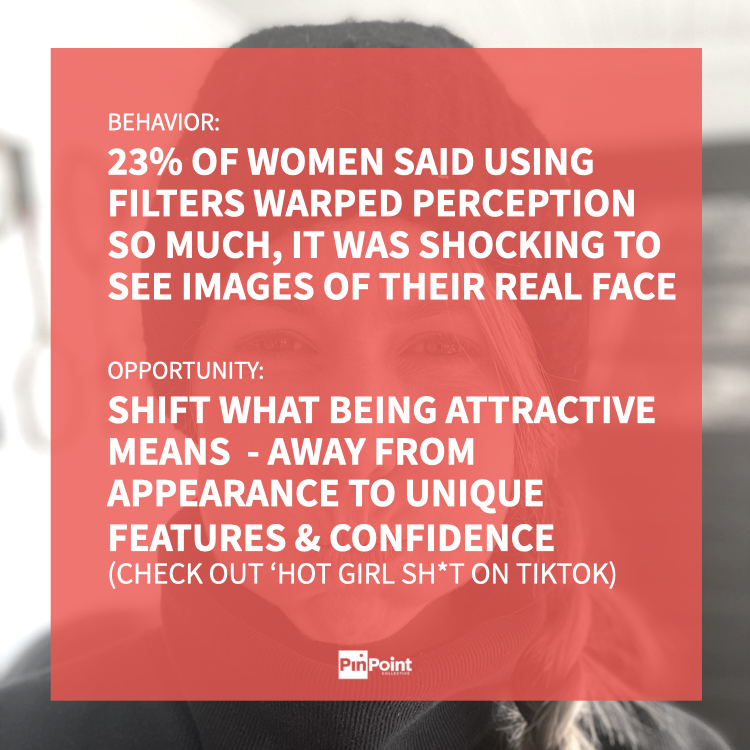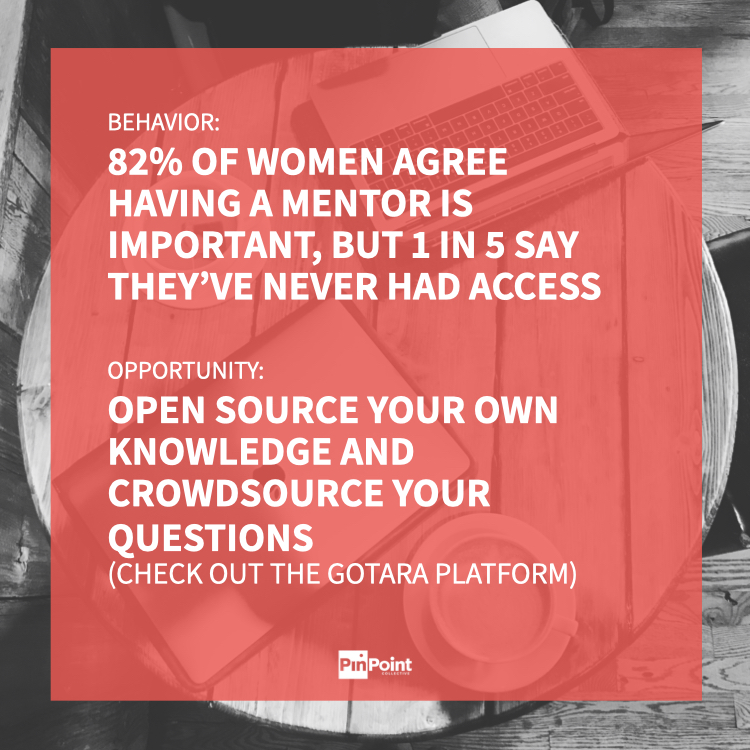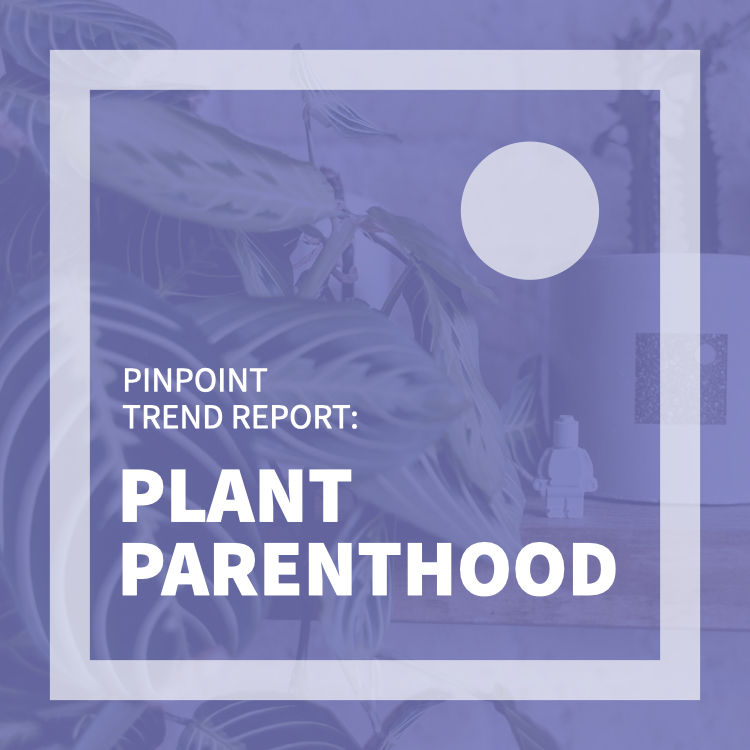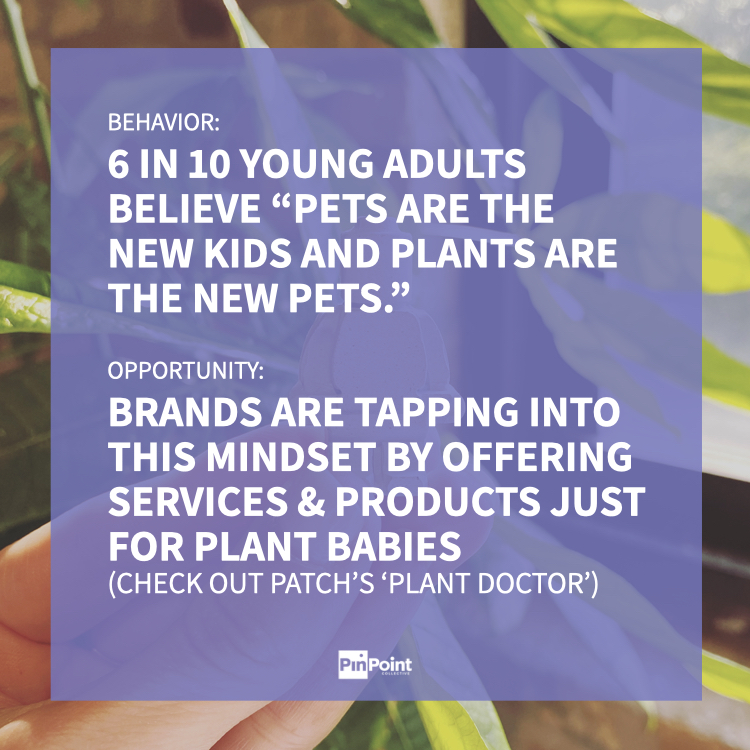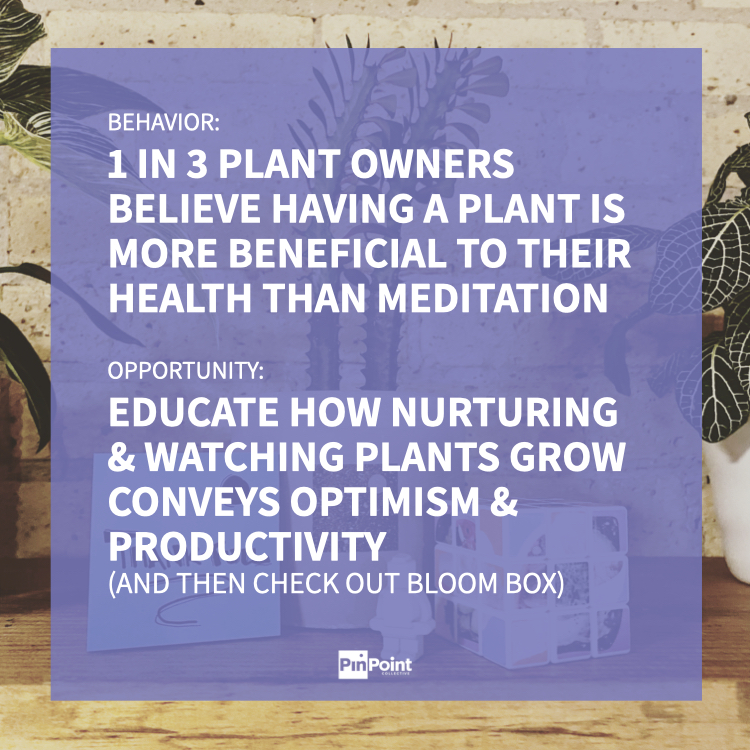Choosing our favorite kind of client is like choosing a favorite kid.
We just recently stopped by Loyola University’s Quinlan School of Business (shout out to Stacy Neier Beran for inviting us – thank you, thank you, thank you!) where we left beyond inspired by Stacy’s Design Thinking students. Sure sure, the original goal might have been that we were there to inspire them, but we walked out the doors that day with a slightly different perspective on our work.
You’ve probably heard us talk about the ‘oh no’ and ‘a ha’ moments our clients come to us with (if not… well then!), but that day in class, an inquisitive student asked us which one of those states we desire to work in more. At first, the question took us by surprise, almost like asking which kid is your favorite, but it got us thinking. Do we have a preference?
What We Love About an ‘A Ha’
Who doesn’t love when someone knocks on their door with a brilliant idea and asks if they want to be a part of it!? We for one have all hands raised on this one. We get introduced to so many incredibly smart and talented humans who are in the ‘a ha’ moment of their business – whether they have the next big product idea, received capital for the next phase or, like in the case of our work with Brilliantly, a desire to evolve with the biggest impact first.
What we love about an ‘a ha’ moment is that our clients come to us already at a ‘woohoo’ mindset on the scale of doom & gloom to excitement – and we feed off that energy! We love validating or refining someone’s genius to make it ‘ingenious’, but with an ‘a ha’, we also have to recognize it feels to them like it’s their baby. And sometimes what we learn when we bring that idea out into the world is that it isn’t needed, or won’t be successful in the way it was originally envisioned.
We did a quick exercise looking at all of our ‘a ha’ clients from PinPoint’s past, and of those, almost 47% of the ‘a ha’ ideas we’ve worked on would have failed if executed before listening to their audience. It’s never easy to tell someone their baby won’t thrive, but we’d be worse partners if we pretended it would and watch it flounder later. That being said, of the almost 47% we had to confront with not-so-great information, all of them did something about it and refined their offering so that 100% of them have come out the other side with revenue, impact and sales growth. Oh the ups and downs of an ‘a ha’…
What We Love About an ‘Oh No’
We’ve seen a lot of ‘oh no’s, especially since March of 2020. Everything from companies coming to us because of a drastic loss in sales to others fearing the end is near, or, like in the case of our latest work with Carbon Arc, knowing they were missing opportunities to better serve and connect with the community, but not knowing how.
We get it, no one wants to label themselves in an ‘oh no’ moment, especially when it comes to business, but sometimes this is the most exciting and pivotal moment for a company. Truth be told, if we could wave a magic wand and grant every business owner/manager a life without ‘oh no’s, we wouldn’t!
What we love about an ‘oh no’, for better or worse, is that when in that dark business cloud appears, there’s not only a desire for change, but a need for change. We did another quick exercise looking at all of our ‘oh no’ clients over the years and 95% of them landed in that dark spot because they became too insular – looking inside the business for answers instead of out. When we show up and flip the whole process on its head by going outside the business to find solutions, more often than not our ‘oh no’ clients are the most eager to jump with us. And truth be told, who doesn’t love it when you get a new friend to dive into your favorite process in the world with!?
In that 92% of ‘oh no’ clients we’ve helped look outside their comfort zone, 100% of them come out the other side with more loyalty, more customers or more sales. And that’s why we love an ‘oh no’ moment, there is power in recognizing the reality of where you are at that very moment, and being brave enough to shift it.
What’s Your Favorite?
So now we’re going to be that inquisitive student and ask the question right back to you – between an ‘a ha’ and an ‘oh no’, what do you prefer? Maybe you experienced it either in business, maybe in life, maybe while crafting your own set of Bernie Sanders’s inauguration-day mittens during Covid. Wherever you were, whatever you were doing, we want to hear from you because the more we know, the more we grow (yep, we’re that cheesy) – grab a coffee and let’s chat!
